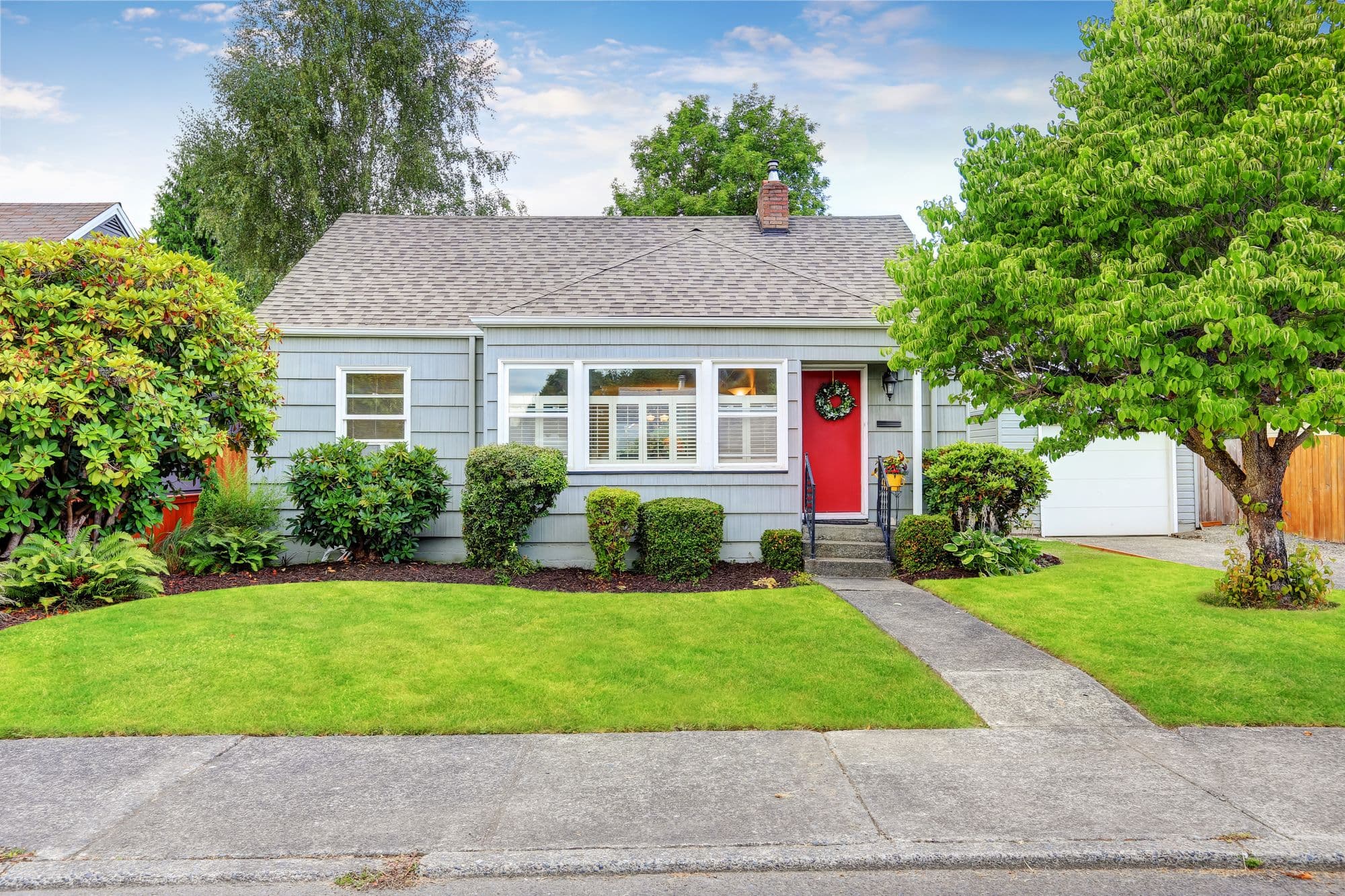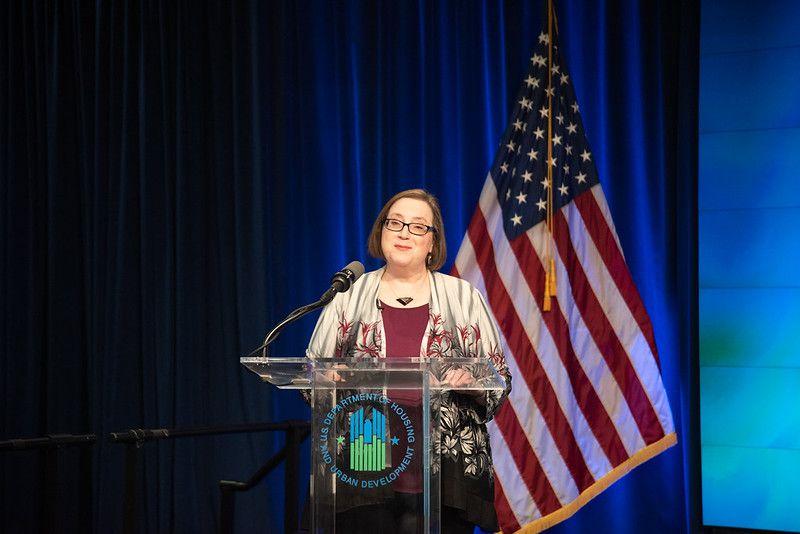Home Affordability Calculator
How does a home affordability calculator work?
The idea of home affordability is subjective, which is to say it might mean something different for everyone. While estimating a home price is often the goal, the best home affordability calculators consider that homebuyers ultimately determine their housing budget based on their monthly payment.
Our affordability calculator begins by converting your annual household income before taxes into gross monthly income to determine your debt-to-income ratio (DTI). DTI is what mortgage lenders use and includes your monthly payment estimate plus all other monthly total debt payments as a percentage of your monthly income. Including:
- Auto loan payments
- Student loan payments
- Credit card minimum payments
- Store card minimum payments
- Any other loan payment or recurring payment used to pay debt or money borrowed
The following monthly expenses are not included in your DTI:
- Groceries & everyday household expenses
- Cell phone bills
- Utility, cable, water bills
- Subscriptions
- Memberships
- Health insurance
- Other recurring payments not used to repay debt
How We Determine Proposed Housing Expense and Home Value
A conservative and often comfortable DTI is 30%, which is to say your monthly debt payments, including your new housing payment, total 30% of your monthly gross income, so we start there. The monthly payment and home purchase price initially shown are a starting point. We use benchmark values for property taxes and homeowner's insurance costs. Updating either will help you better understand how these expenses impact your home purchasing power. Additionally, entering different mortgage rates will demonstrate how a lower interest rate affects your purchasing power.
Down Payment
When determining affordability, increasing or decreasing your estimated down payment will not impact your monthly payment, but you will see the home value change accordingly. A down payment is essentially exchanging savings for home equity. Conventional loans require at least a 3% down payment, but 5% to 20% is most common. Other loan types have different down payment requirements that can impact affordability. Remember, you will likely need money for closing costs and unexpected expenses, so maintaining a cash reserve is recommended.
What does home affordability mean?
Recommending a property price or monthly mortgage payment is not universal. Certain homebuyers may want to keep their DTI lower than others. A family with a large extracurricular budget may be stretched with a DTI that a retired couple with little expenses finds comfortable. It's important to understand that home affordability is unique to everyone.
Debt-to-income does not determine what you can afford. It is simply one of the many metrics mortgage professionals use when deciding if a mortgage loan should be approved. In some cases, a homebuyer will discover they may be pre-approved for a home loan that exceeds what they can afford. For example, a borrower with $5,000 of monthly income may qualify for a $2,000 mortgage payment with strong credit and no other debt. That 40% DTI falls within the generally acceptable range mortgage lenders use while underwriting their loans.
When this hypothetical homebuyer factors in income tax, health insurance, and all the other little bills that add up so quickly, they may not have much left over at the end of the month. Additional homeownership costs like lawn maintenance, unexpected repairs, and furnishings will eat into disposable income further. Once lifestyle expenses like nights out, rounds of golf, vacations, and other activities that are necessary for a balanced lifestyle are considered, a house payment resulting in a 40% DTI no longer seems plausible. Be careful not to trap yourself into a higher mortgage payment than you can afford just because your DTI looks okay.
How to Use Our Home Affordability Calculator
Only you can determine your maximum monthly housing allowance. Here is a guide on how to use this tool to find a home purchase price that gives you a comfortable house payment that won't stretch your family thin.
Step 1: Gross Annual Income
Chances are you have a pretty good idea of what this figure is. This is typically your annual salary. If you are self-employed, are paid commissions, or rely on bonuses that fluctuate, most lenders will take a two-year average of the gross income listed on your tax returns.
Step 2: Monthly Debt Payments
Add up your monthly debt payments. This includes any secured loans (autos, boats, etc.) and minimum credit card payments. Don't forget student loans. Exclude monthly bills like cell phone and cable. Also exclude current rent or any payments that will disappear when you buy your home.
Step 3. Determine a Budget
Start subtracting. Ratios and percentages sound official, but there is only one thing that ultimately matters: cash flow.
Determine how much actual money you have after you've paid everyone.
- Subtract taxes, benefits, and other payroll deductions from your gross income. This is your net income.
- Subtract your monthly debt payments from your net income. This is what you have left to live your life, including your new house payment.
- Subtract monthly bills you know will continue after you buy your new home, including cell phone, cable/subscriptions, utility bills, etc.
You now have a number that looks remarkably different from where you started.
Use our calculator to find a house payment that, when subtracted from the number you came up with, leaves you enough money to be yourself and take care of your family. Allow for expenses you don't have yet, too, like lawn care and home maintenance.
NOTE: Be sure to continue to use your gross annual income in the calculator because your DTI is computed from that figure.
Step 4. Down Payment
Increase or decrease your estimated down payment amount to adjust the home value. A 5% to 20% down payment is common.
Summary
This method is often an eye-opening approach to determining how much you should spend on your new house or how much house you can afford and the age old question each first-time home buyer asks: “Can I afford a house?” By determining a payment with which you are comfortable, you can determine a purchase price that fits your budget.
All of the affordability calculations on What's My Payment are to be used as a guide. Find a payment with which you are comfortable and play around with how paying off debt and altering your down payment affects your potential purchase price. No website can tell you exactly what you can afford or qualify for. Use this tool to estimate a price range based on the financial situation you've inputted. As always, there is no substitute for speaking with a mortgage lender and asking to be pre-qualified.
Mortgage Rate Predictions 2025: Here’s What Experts Are Predicting
See 2025 mortgage rate predictions from experts like Fannie Mae & NAR. Learn what to expect if you're buying, refinancing, or investing.
2025 FHA Interest Rates
Learn how FHA interest rates work, what affects them, and how to get the best rate, especially if you're a first-time buyer or have lower credit.
Massive Layoffs Continue in the Mortgage Industry
The rise in rates continues to take it's toll.
Mortgage Demand Falling, What Does It Mean for Homebuyers?
In recent months, mortgage rates have been on an upward trend. However, they are now starting to fall. Learn what this means for homeowners and real estate investors.
Julia Gordon Sworn in as FHA Commissioner
Learn about Julia Gordon who was recently sworn in as the FHA Commissioner under the HUD Secretary.
Is a foreclosure crisis looming?
The CFBP was formed amidst the ashes of the housing market’s demise over a decade ago. Are they worried another crash is on its way?






